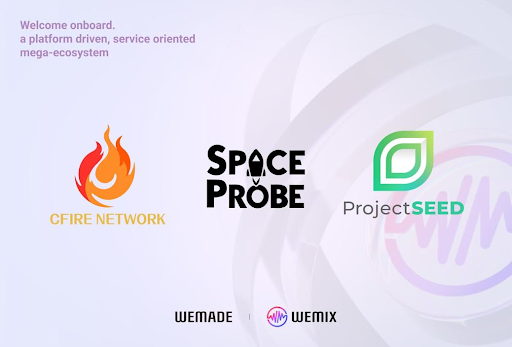The stock market listing of Circle (IPO) has attracted the attention of investors from the early hours of trading, with a surge in the stock price that has tripled the initial value.
This debut marks a crucial step for the digital asset industry, in a context of great regulatory and competitive excitement.
Circle and the IPO: growing numbers and new perspectives
Circle, a technology company active in the cryptocurrency and digital asset sector, has revised its initial public offering (IPO) multiple times, pushing the price and the quantity of shares offered upwards.
After submitting the S-1 form to the Securities and Exchange Commission in April, the company has progressively increased the number of class A shares offered, reaching a proposal of 34 million shares at 31 dollars each.
A significant increase compared to the initial plans, which foresaw between 24 and 32 million shares at lower prices.
This strategy reflects the growing confidence of investors and the interest in Circle’s business model, as well as in the stablecoin industry and digital financial services.
The IPO of Circle thus emerges as an important indicator of the health of the crypto ecosystem in traditional markets.
The public offering of Circle comes at a time of intense political movements in the United States.
In view of the 2024 presidential elections, many companies linked to cryptocurrency have increased their investments in electoral campaigns, with the aim of influencing legislation in favor of more favorable regulations compared to the restrictions imposed by the Biden administration.
The digital asset sector seeks to reaffirm its role in the financial system, aiming for less stringent regulations that facilitate large-scale adoption and collaboration with traditional banking institutions.
According to experts like Duane Block of Accenture, Circle’s ability to reach public markets on a large scale “is something that has never been seen before” in the digital asset sector.
This milestone demonstrates the operational maturity and the validity of the services developed by the company, especially in the field of stablecoin, digital currencies anchored to traditional assets.
Competitive advantages of Circle and validation of the model
However, the road to mainstream adoption remains long and complex. Circle will have to contend with established banking institutions, which are considering issuing their own stablecoin.
For example, Bank of America has stated that it will launch a stablecoin only after the approval of clear federal legislation, while Santander is also considering entering the market.
Robert Anderson, partner di FTV Capital, emphasizes that Circle has already obtained a “clear validation” in terms of real use cases.
The greatest benefits emerge especially in high-value international transactions, where it is possible to reduce costs and speed up reconciliation times.
These advances are significant, but the stablecoin market is still evolving and presents many nuances to be defined, including the role that large global banks intend to play in the digital money transfer sector.
Anderson highlights how traditional financial institutions maintain a dominant role in the business of monetary flows and could represent formidable competitors.
A critical point for Circle remains the dependence on a rather specific source of revenue. The so-called float, or the interest generated from managing reserves linked to stablecoins. In the first quarter of 2024, in fact, 96% of Circle’s revenue comes from this type of activity.
The current context of interest rates above 4% on money funds makes this strategy very advantageous. Furthermore, the absence, for now, of proprietary stablecoins from large banks like JPMorgan Chase further favors Circle.
However, it appears clear that the company will need to explore new sources of revenue to support its long-term growth, especially when the competition becomes more intense.
The role of traditional financial institutions in the competition
The possible entry of global banks into the stablecoin sector will change the market balance. Many institutions indeed have the advantage of vast payment networks and established trust among clients and regulators.
This requires Circle to work on innovation and service quality, possibly aiming for strategic collaborations or complementary solutions to maintain its leadership in an increasingly crowded market.
The IPO of Circle represents a significant milestone for the entire digital asset ecosystem. The initial success of the stock shows that investors see potential in this technology and in the solutions offered by stablecoins.
However, the evolution of the sector passes through a global financial system that still needs to define clear and inclusive rules.
Only with stable regulation, combined with a solid and innovative commercial offering, will it be possible to achieve full integration of digital assets into the traditional financial world.
Circle will therefore need to continue to innovate and adapt, expanding its business models and collaborating with different institutions to consolidate its position.
The stock market listing of Circle and the initial success of the stock therefore open up very interesting scenarios for the stablecoin and digital asset sector.
In a period of rapid regulatory and technological changes, it will be crucial to closely follow the moves of this fintech and the major financial institutions.
For investors and industry operators, a strategic moment is emerging to seize growth opportunities and influence the future of global payment systems.







